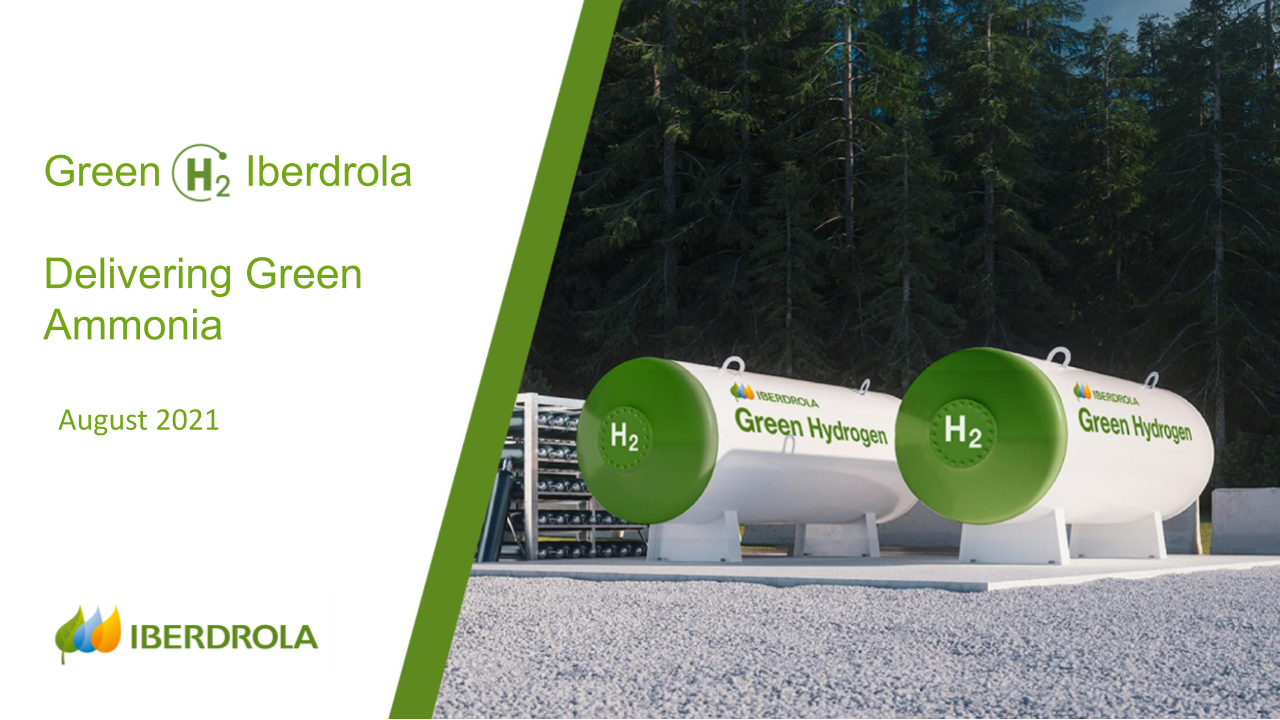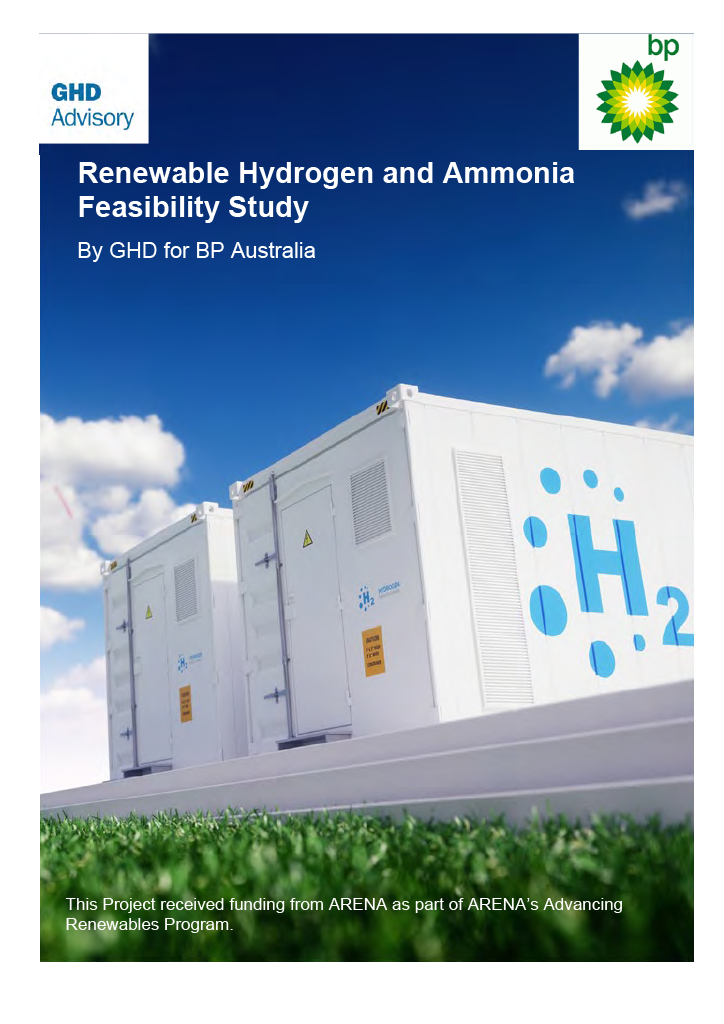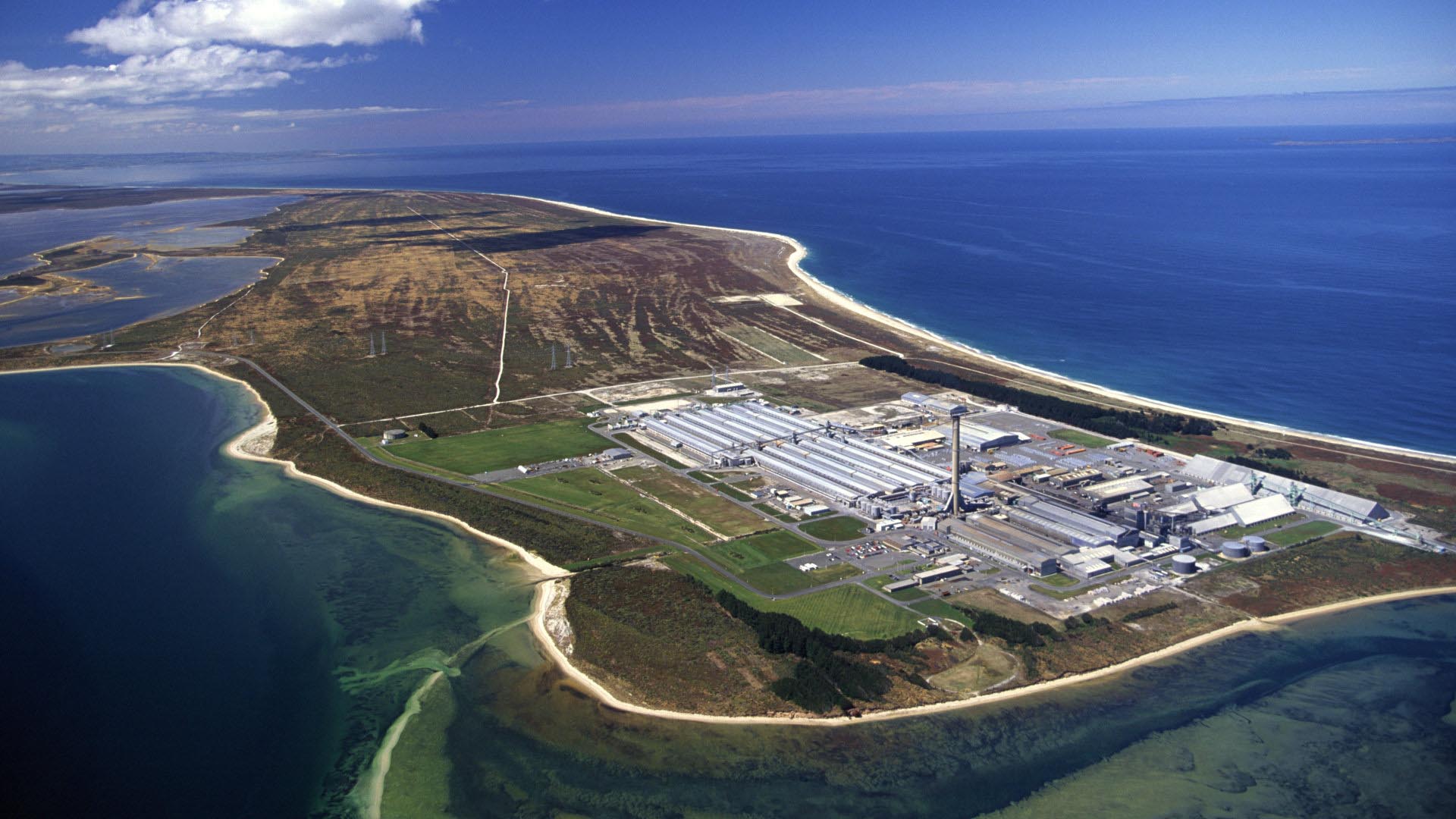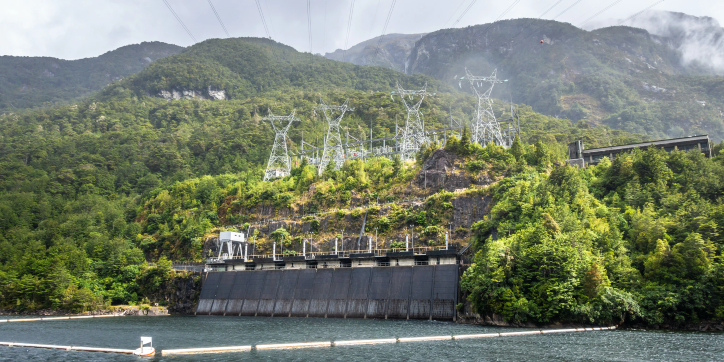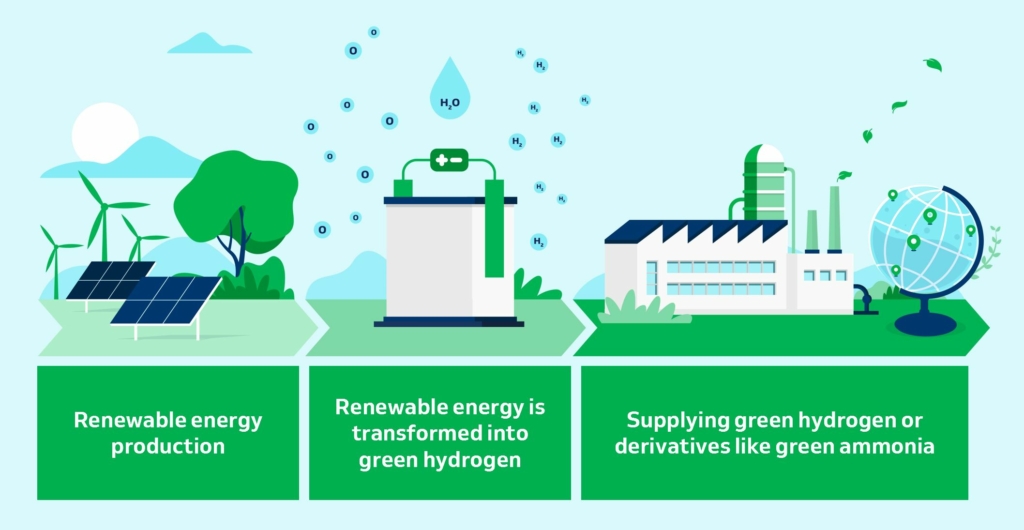Renewable Hydrogen
India launches its National Hydrogen Mission
In a national address, Prime Minister Narendra Modi announced that the new National Hydrogen Mission would be a key pillar of his government's plan for India to achieve energy independence within 25 years. The plan would mean would mean India produces around 1.3 million tonnes of green ammonia by the end of the decade, requiring several GW of dedicated electrolysers to supply the necessary green hydrogen.
bp & ARENA confirm feasibility of large-scale green ammonia production in Western Australia
bp and ARENA's eighteen-month feasibility study into the Geraldton Export-Scale Renewable Investment (GERI) project wrapped up this week - with encouraging results. The two organisations conclude that "Western Australia is an ideal place to develop large scale renewable energy assets that can in turn produce green hydrogen and/or green ammonia for domestic and export markets".
Fortescue ammonia announcements in India and New Zealand
Two new partnerships for Fortescue Future Industries this week. In India, they will partner with JSW Energy will partner up to explore opportunities to develop green hydrogen projects, while in New Zealand they will work with the local Māori community (Murihiku Hapu of Ngāi Tahu) on a proposal to construct a large-scale green hydrogen project in Southland, to be operational by 2025.
World-scale green hydrogen and ammonia in New Zealand from 2025
Two New Zealand organisations - Meridian Energy and Contact Energy - are seeking partners to develop the world's largest green hydrogen plant in Southland, New Zealand. Ammonia is the "high-potential, near-term" option to act as a hydrogen carrier for the project.
Uniper explores off-take of green ammonia in Oman
In December last year DEME Concessions and OQ announced their new HYPORT® Duqm green ammonia project. The 250 - 500 MW facility (in the first instance) will harness wind and solar energy to produce green ammonia, which could then be easily exported from the adjacent port. This week DEME and OQ took another step by signing a key cooperation agreement with Uniper. The global energy giant will provide engineering services and negotiate an exclusive off-take agreement of green ammonia.
Another Green Supergiant for InterContinental Energy: 50 GW, 20 million tonnes of green ammonia capacity
The first three projects from InterContinental's portfolio have now been announced. In 2014 there was the Asian Renewable Energy Hub in the Pilbara region of Western Australia. This May we reported on the announcement of the Oman mega-project. And this week InterContinental announced its newest Green Supergiant (and the second to be located in Western Australia): the Western Green Energy Hub.
Namibia looks towards its first green mega-project
As we reported earlier this March, Namibian President Hage Geingob announced his government is looking to develop and implement national green hydrogen and green ammonia strategies as part of an economy-wide "prosperity" initiative. In an interview with CNBCAfrica this week, Presidential Advisor on Economy James Mnyupe added some more updates.
The Ammonia Wrap: an ammonia-powered shipping network in northern Europe and more
This week: an ammonia-powered shipping network in northern Europe, Sluiskil update, green projects in Uruguay, green ammonia in Ireland: a new update!, Euronav to develop ammonia-powered tankers, ammonia part of Equinor's net-zero by 2050 strategy, H2Site to install first on-site crackers in France and updates from Australia.
